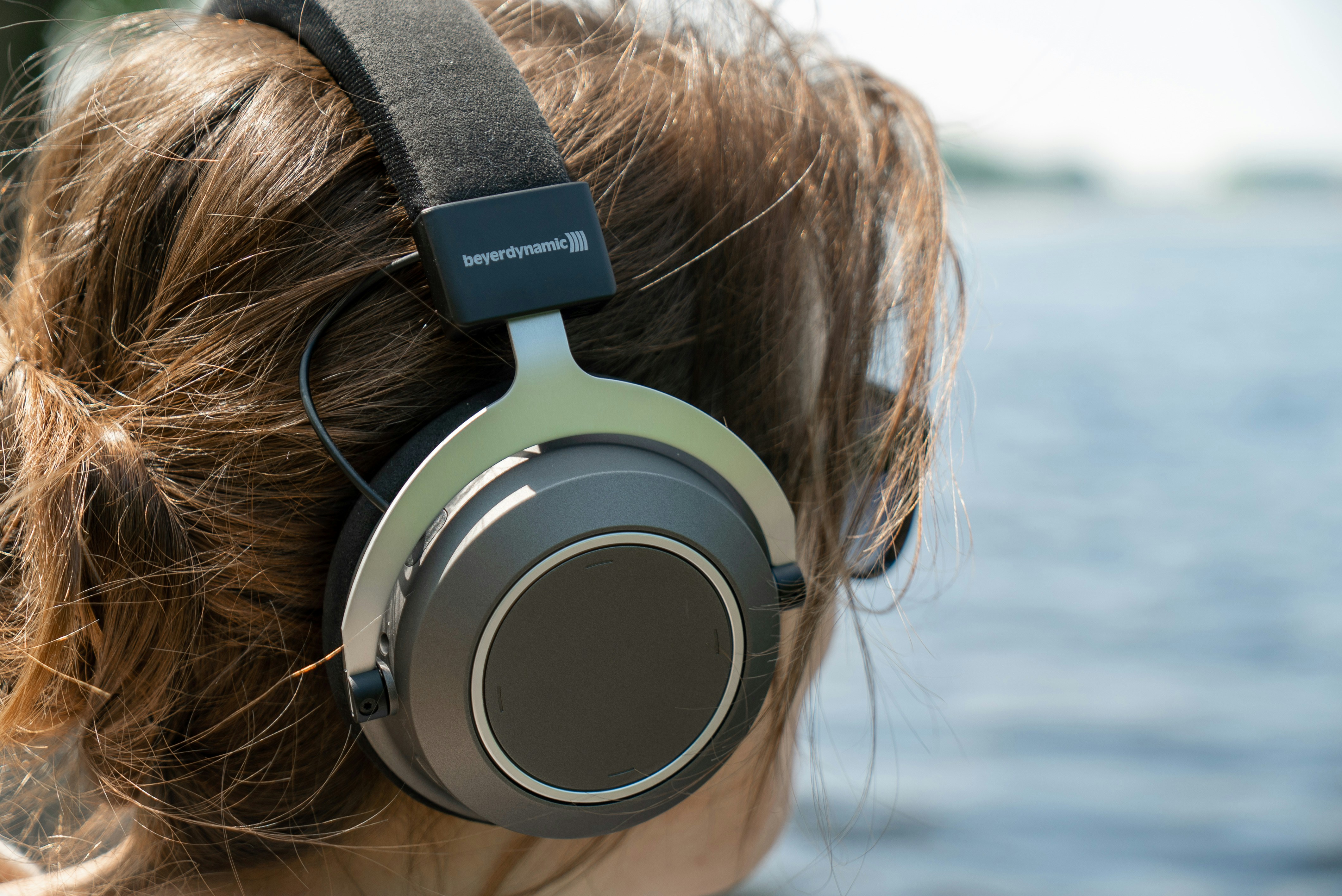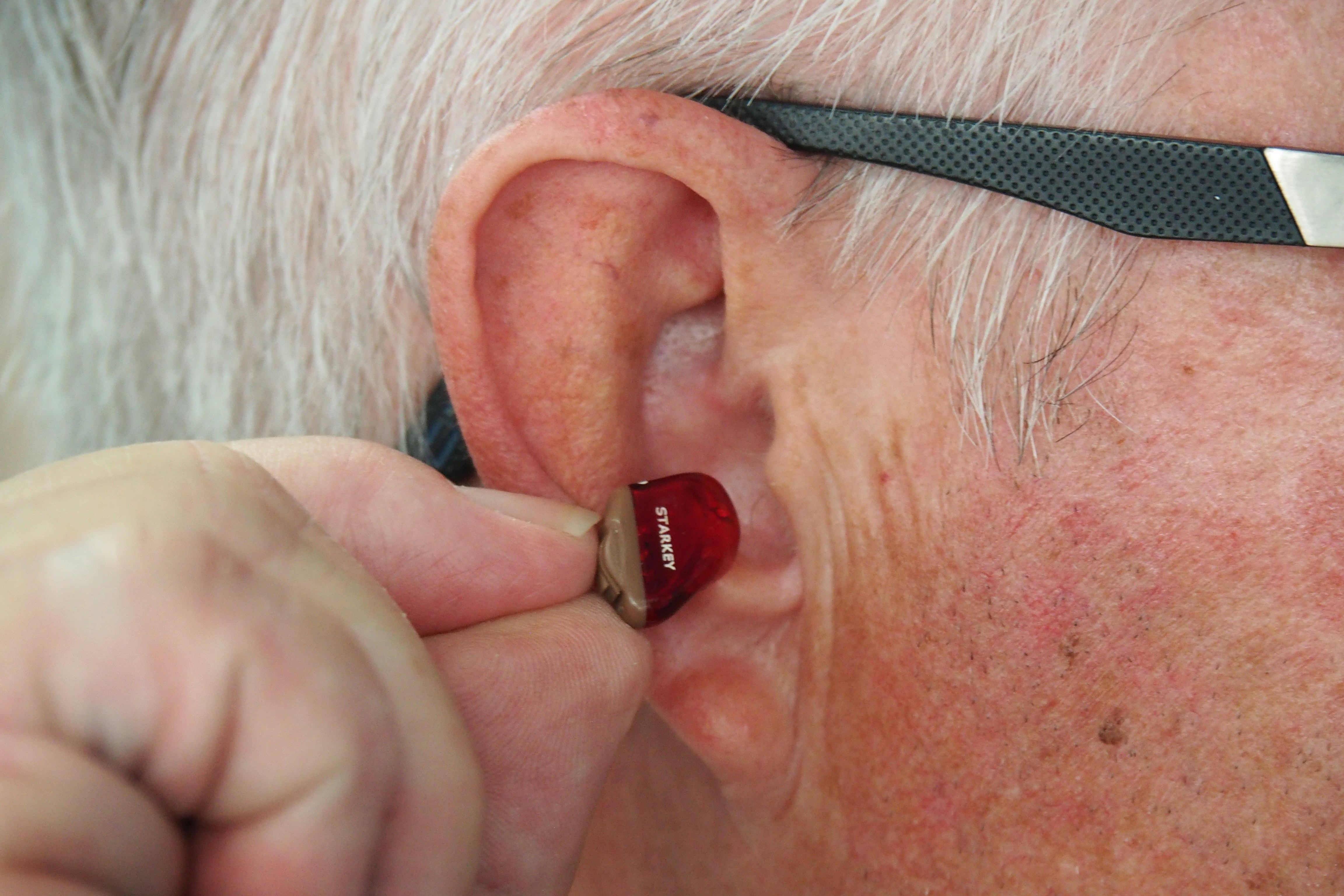If you’ve got one strong ear and one that struggles (or is silent), you’re not alone—and you’re not stuck. Single‑sided deafness (SSD) and asymmetric hearing loss make everyday listening feel like trying to watch a movie with one eye closed: you can follow the plot, but the depth and direction get fuzzy. The good news: modern tech and smart habits can bring back clarity, reduce effort, and even help your brain re-learn stereo.
What counts as single‑sided or asymmetric loss?
Single‑sided deafness (SSD) means one ear has severe-to-profound hearing loss and the other hears normally. Asymmetric hearing loss means both ears hear, but one is notably worse.
Common causes include:
- Sudden sensorineural hearing loss (idiopathic, viral, vascular)
- Acoustic neuroma (vestibular schwannoma) or other tumors
- Menière’s disease (often fluctuating at first)
- Noise trauma or head injury
- Chronic ear disease or congenital differences (e.g., atresia)
Because a single-sided change can signal an underlying medical issue, see an audiologist and an ENT for a thorough workup. If your hearing dropped suddenly within the last few days, it’s considered urgent—seek care promptly.
Why one-sided loss feels so exhausting
Your brain relies on two ears for binaural hearing—the subtle time and loudness differences that let you:
- Find where sounds come from (localization)
- Separate speech from background noise (the “cocktail party” skill)
- Hear softly in quiet and at a distance
With SSD, sound arriving on your poorer side is attenuated by the head itself (the head shadow effect). That makes high‑pitch speech cues softer and harder to decode—especially in restaurants, meetings, and streets. Many people also report tinnitus, listening fatigue, and a dip in social confidence.
Solutions that actually help
No single device fits everyone. The right path depends on your hearing test, health, lifestyle, and goals. Here’s the landscape—clear and simple.
CROS and BiCROS hearing aids
What they are: A small microphone worn on the poorer ear sends sound wirelessly to a hearing aid worn on the better ear. CROS is for normal hearing in the better ear; BiCROS adds amplification if the better ear also has hearing loss.
Best for: SSD or asymmetric hearing when the poorer ear can’t benefit from a standard hearing aid.
What you’ll notice:
- No more “dead side.” Speech from your poorer side is piped to your hearing ear, shrinking the head shadow.
- More effortless conversations in groups when you optimize seating and mic direction.
- Discreet and non-surgical. Easy to trial and return if not a fit.
Tradeoffs:
- Still one ear doing the listening. You regain access to that side but not true binaural cues (localization remains limited).
- Battery/charging management for two devices.
Bone‑anchored hearing systems (BAHS)
What they are: A small processor captures sound on the poorer side and delivers vibration through bone to the better ear’s cochlea. Can be worn on a soft headband for a trial or implanted (percutaneous or under‑the‑skin magnetic).
Best for: SSD and some conductive/mixed losses. Particularly helpful if you can’t wear an earmold or prefer an open ear canal on the better side.
What you’ll notice:
- Access to the poorer side without occupying the better ear canal.
- Stable performance in daily wear; many find speech from the poor side more natural than with air‑conduction rerouting.
Tradeoffs:
- Surgical option (though clinic headband trials are possible first).
- Skin care and MRI considerations vary by model—discuss with your ENT.
Cochlear implants for single‑sided deafness
What they are: A cochlear implant (CI) electrically stimulates the inner ear on the poorer side, sending signals the brain can interpret—bringing back two‑ear input.
Best for: Adults and children with SSD or asymmetric loss who meet candidacy criteria. Many report improved localization, better speech‑in‑noise, and often reduced tinnitus in the implanted ear.
What you’ll notice:
- True two‑ear input (the only option that can restore binaural cues).
- Brain training needed—benefits grow over weeks to months with use and rehabilitation.
Tradeoffs:
- Surgery and a commitment to follow‑up programming and practice.
- Insurance and candidacy requirements vary; a CI team can guide you.
When the poorer ear still has usable hearing
If your poorer ear isn’t “dead,” a conventional hearing aid on that ear may help—alone or paired with a device on the better ear. Some people do best with BiCROS; others with two hearing aids. Your audiologist can A/B test these setups and measure performance in noise.
Assistive tech that multiplies your results
- Remote microphones/table mics: Clip one on your partner or place on a table; sound streams directly to your device(s).
- Directional mic modes: Learn to switch patterns for restaurants, cars, and crowded spaces.
- Captioning: Live captions on phones, laptops, and TVs are a frictionless safety net.
- Sound settings apps: Quick tweaks to balance, noise reduction, and focus can make or break a conversation.
How to choose your path (without regret)
- Start with a complete evaluation. Get a diagnostic audiogram and medical workup. Unilateral or asymmetric loss often warrants imaging to rule out retrocochlear causes—your ENT will advise.
- Map your life. Where do you struggle most—meetings, restaurants, driving, open offices, kids’ sports? Prioritize solutions that target those scenes.
- Trial where you live. Ask for an in‑clinic CROS versus BAHS headband comparison, and a take‑home trial if possible. Walk into noise. Try phone calls. Rotate seating.
- Measure outcomes. Your audiologist can run speech‑in‑noise tests and questionnaires before/after trials to quantify benefit.
- Plan for support. Consider battery/charging habits, warranties, accessories, and follow‑up coaching.
If you’re weighing a cochlear implant, schedule a CI candidacy evaluation. You’ll learn about expected outcomes for your profile and can meet others who’ve done it.
Train your brain: small habits, big wins
Communication strategies
- Own your better side. Seat your conversation partner on your better ear side; in the car, choose the seat that favors your good ear.
- Claim good lighting. Seeing faces boosts lip cues and reduces effort.
- Close the distance. A step closer often beats more volume.
- Ask for a sound‑friendly table. Corners, booths, and walls reduce noise.
- Set the ground rules. One speaker at a time at meetings and family dinners.
Localization hacks
- Move your head. Gentle scanning adds timing and loudness cues your brain can use.
- Practice consciously. Use apps or games that teach sound/source matching; short daily practice compounds.
- Pair with safety habits. On streets or trails, pause and look both ways; consider a remote mic when biking with a partner.
Reduce listening fatigue
- Chunk your day. Alternate high‑listening tasks with quiet breaks.
- Use tech early, not late. Turn on captions and remote mics before you’re tired.
- Mind the room. Shut doors, soften echo with curtains or rugs, and mute TVs when talking.
Tinnitus and one‑sided loss
Tinnitus often spikes when the brain is missing input. Many people with SSD notice relief when they restore access to sound—via CROS/BiCROS, BAHS, or a cochlear implant. Layer in:
- Sound enrichment (soft background sound, nature noise, or device‑based masking)
- Stress management (breathing, brief movement, mindfulness)
- Consistent device use to stabilize auditory input
If tinnitus is intrusive, ask your audiologist about tinnitus‑focused counseling and sound therapies that can plug into your existing devices.
Costs, coverage, and realistic expectations
Non‑surgical options (CROS/BiCROS) are typically purchased like traditional hearing aids with a trial/return window. Bone‑anchored systems and cochlear implants involve surgery and often have different insurance pathways. Your clinic’s billing team can help verify coverage and out‑of‑pocket estimates.
Regardless of path, expect a learning curve. Your brain thrives on repetition—steady, daily use plus a few weeks of practice often leads to big gains. Keep notes on what’s easier, what’s still hard, and bring them to follow‑ups for fine‑tuning.
Quick decision guide
- Want non‑surgical, quick access to your poorer side? Start with CROS/BiCROS.
- Want your better ear canal free or can’t wear an earmold? Trial a bone‑anchored option (headband first).
- Want the best shot at localization and speech‑in‑noise improvements? Explore cochlear implant candidacy.
- Have usable hearing in the poorer ear? Compare two hearing aids versus BiCROS in noise tests.
You don’t have to choose blindly. An audiologist can curate trials so you feel the difference—not just read about it.
Bottom line
One‑sided hearing loss changes the rules, but not your potential. With the right mix of technology and training, you can cut through noise, reconnect socially, and reduce daily effort. If any of this resonated, consider booking a visit with an audiologist to map your ears, your goals, and a plan that fits how you live.
Further Reading
- Hearing at Work: Accommodations, Tech, and Tactics That Make Your Job Easier (Hearing Loss) - Listening Fatigue Is Real: Use Your Hearing Aids to Spend Less Energy on Every Conversation (Hearing Aids) - See the Words: Real‑Time Captions Are a Hearing Superpower (Technology) - Hearing With One Ear? Real‑World Treatments for Single‑Sided Deafness (Treatment)Frequently Asked Questions
Will single‑sided deafness get better on its own?
It depends on the cause. Some sudden hearing losses recover partially, while others remain stable. Because a one‑sided change can signal a medical issue, it’s important to see an audiologist and an ENT for evaluation as soon as you notice it—especially if the change was sudden.
Can I learn to localize sound again with one good ear?
Without two functioning ears, localization is limited. However, many people improve practical sound awareness through device use (especially cochlear implants for SSD) plus strategies like head movement, visual scanning, and situational planning. The more consistently you use your chosen solution, the better your brain adapts.
Is a cochlear implant “too much” for SSD?
For the right candidate, a cochlear implant can be transformative, restoring two‑ear input and often improving localization, speech‑in‑noise, and tinnitus. It is surgery and requires commitment to follow‑up and practice. A candidacy evaluation will outline likely benefits and risks for your specific profile.
What’s the easiest place to start if I’m overwhelmed?
Schedule a hearing evaluation and ask to trial a CROS/BiCROS system in your real‑world settings. Bring notes about where you struggle (restaurants, meetings, driving) so your audiologist can tailor the trial and suggest add‑ons like a remote microphone.



